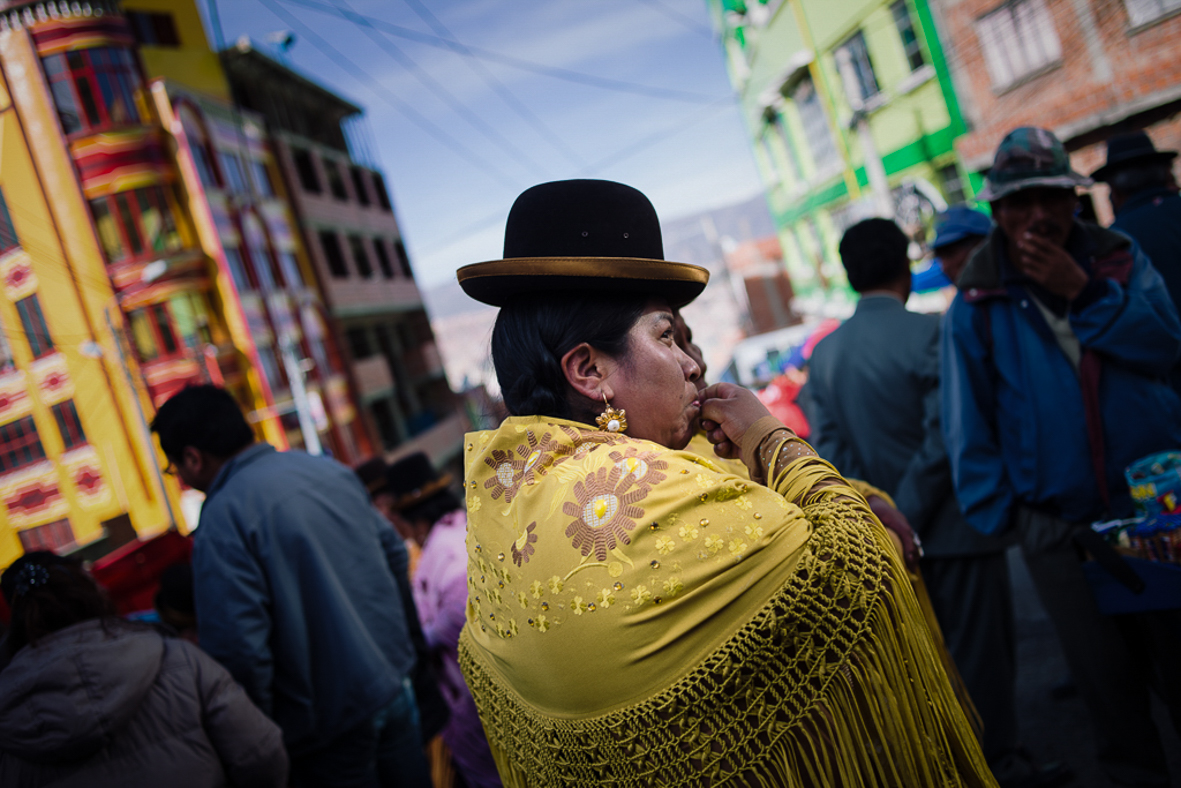
Laura Beltrán Villamizar set up NATIVE as a visual storytelling agency with a specific mission — ensuring that the best voices are able to tell important stories about our increasingly diverse world.
Visual storytelling is the combination of multiple media sources, including photographs, illustrations, video, animation, 3D models, and other graphics. It could be in a single part or multiple sections organized in a coherent way, accompanied by text and/or audio. The goal of visual storytelling is to create powerful and compelling stories for selected target audiences.1
In 2016, Laura Beltrán Villamizar founded Native Agency, a non-profit organization, with the goal of re-imagining interactive visual storytelling through an inclusive and revolutionary lens.
This agency links major media publications to emerging journalists, documentary makers, and visual storytellers from underrepresented regions and communities, introducing their work to a global audience. Native’s key objective is to create change in the media industry, transforming it into one that better reflects the diversity of the world.
Currently, Laura is Director of Photography at Atmos Magazine, a publication positioned at the intersection of climate change and social justice, alongside her role as Director of Photography at Native Agency. In our interview, she shared her perceptions about the role that the medium of photography can play in the developing world.
What is Native Agency and why does it exist?
NATIVE Is a non-profit organization that works towards building community and elevating the work of photographers from less represented regions and communities around the world.

Rehab Eldalil
Photography
We exist to make sure that the diversity of the stories being put out there truly represents the diversity of those in the stories. We amplify the work of native photographers from the global south, the African diaspora, and other marginalized groups.
Why do indigenous and diverse stories matter now?
It feels as if this question implies that it doesn't matter. It has always mattered to have diverse stories in our repertoire of work. How else can we understand the complexities of our world and our history if we don't include diverse voices?

Lebohang Kganye
Setupung Sa Kwana Hae II
Photography
2013
"We exist to make sure that the diversity of the stories being put out there truly represents the diversity of those in the stories. We amplify the work of native photographers from the global south, the African diaspora, and other marginalized groups."

Alejandra Rajal
Photography
Why photography? How do you see the connection between photography and the colonial power dynamic, and how can it be used for decolonization? What do you think photography enables?
I mean, photography was one of the first mediums used by European colonizers to emphasize the fallacy of race and the hierarchy between humans. We're reclaiming the medium as an anti-colonial gesture and as a way of dismantling the idea that some races are particularly better or higher, which was the entire colonial discourse for destroying and taking over the land.
Photography allows the viewer to image themselves in a certain situation, to comprehend beyond their reality, and [to] see through the eyes of someone different. Once we see through the eyes of the other, we can understand them a bit better. We can step away from our own ego and imagine another reality; by doing so, we can then empathize with the other. See our similarities instead of our differences.
Indigenous photographers often face pushbacks from editors, and audiences, looking for "familiar" stories and images—as things are "supposed" to look like. What tools does an indigenous photographer have to overcome these barriers? And how does Native supports this?
I think it's a matter of educating the community and industry to ask further, take risks, to move beyond the "familiar." At the same time, for photographers starting off in a harsh industry, I would suggest building community, getting mentors, making sure that your work is on point, that your website is clear, and that you know why you're covering a story in an "unfamiliar" way. Pitching is crucial here, your background is crucial here.
Have you seen a change since Native was established? Do you see more interest in publishing diverse stories?
For sure! We were just part of Vogue's photo festival in Milan. I mean, seeing our work in such an important medium is fantastic, that's how we reach a wider audience. We've also exhibited in many locations, using our work to make sure marginalized groups are heard.
What should practitioners (working for NGOs or community-based organizations, academics) pay attention to when they share images and stories about the communities they work with?
Make sure you hire people from the regions you are talking about. If you are working in Palestine, make sure you work with Palestinian photographers, and elevate their voices. As an Israeli education platform, how can you make sure everyone is aware of people's perspectives? By inviting and hiring Palestinian storytellers.
References:
1. Botsis, Taxiarchis, Jennifer E. Fairman, Meghan Bridgid Moran & Valsamo Anagnostou. “Visual storytelling enhances knowledge dissemination in biomedical science.” Journal of Biomedical Informatics, 107 (2020): 103458. https://doi.org/10.1016/j.jbi.2020.103458
MICKEY NOAM-ALON
A humanitarian communications advisor with extensive field experience in more than 30 delegations, both on emergency and long-term development programs. A former Communication Director at IsraAID, a Photographer and a Team Leader. He believes that representing communities with dignity and respect is crucial in creating any responsible and sustainable change.


